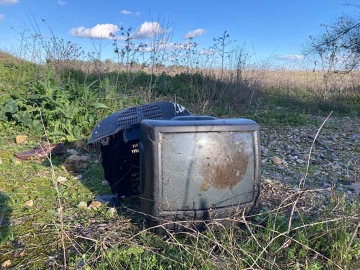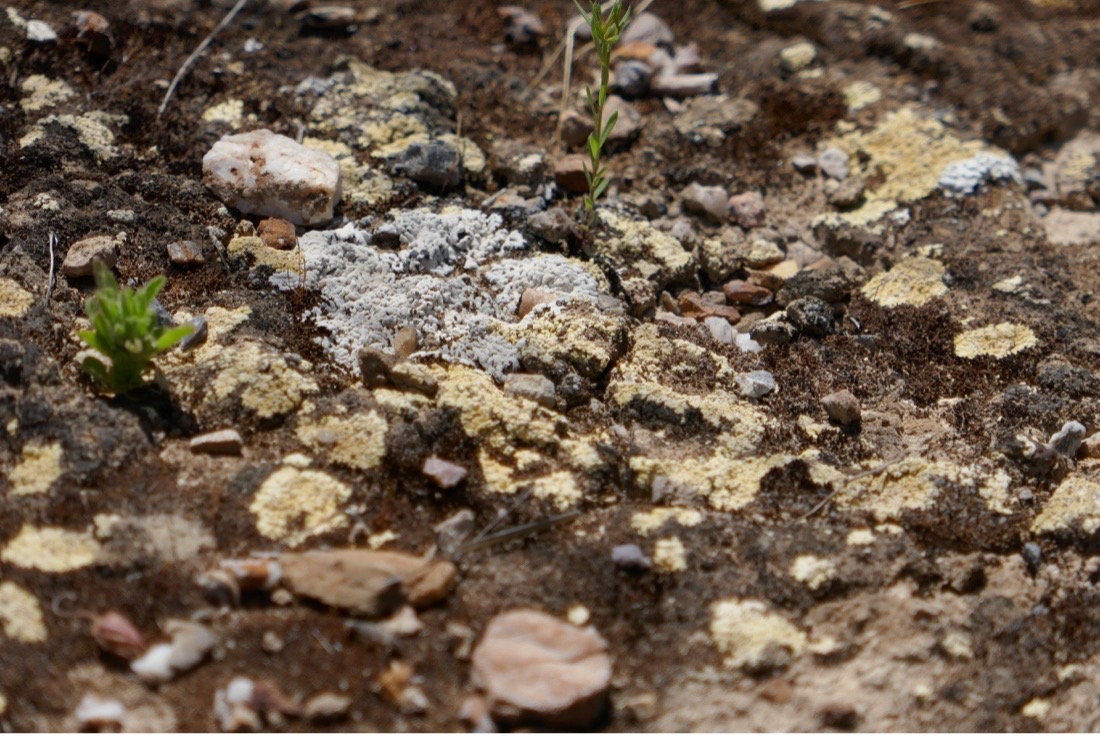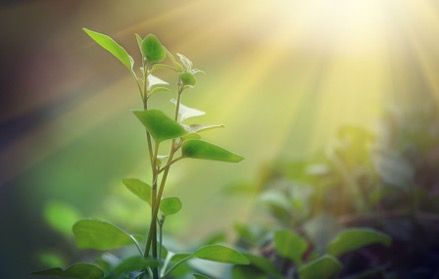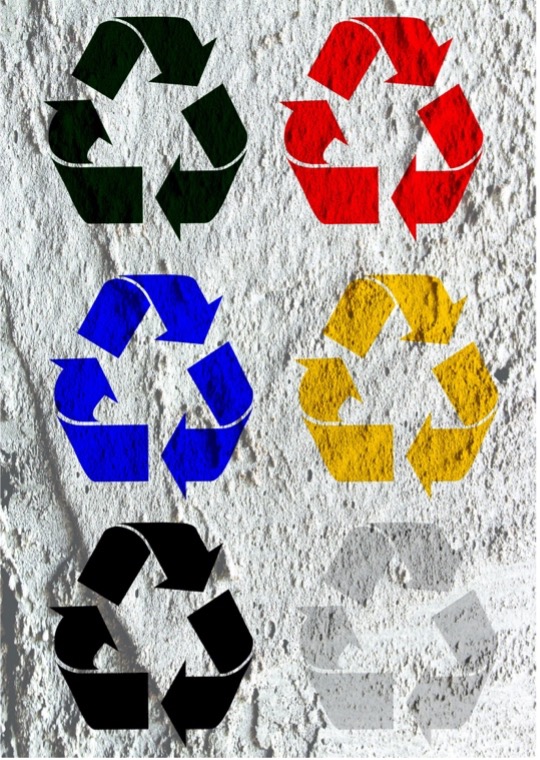SEMILLA 21-Environment
NAME
“We live in a mixed environment: half garbage, half nature”
KEYWORDS
Garbage-in-nature, plogging
BRANCH
The area could be Ecology, but also Ethics because all issues of nature conservation, prevention and fight against pollution, ultimately contain ethical issues.
ABSTRACT
Is society divided between those who throw garbage around the field and those who collect it? Some people have collected up to 25 tons of tons in a year in Andalusia, thanks to many volunteers: https://cleansomethingfornothing.com/es/home-es/
AUTHOR(S) CONTACT:
Dr. Agustín Riscos Núñez (ariscosn@us.es)
Dr. Ignacio Pérez Hurtado de Mendoza (perezh@us.es)
SEMILLA 22-Environment
NAME
“Biocrusts, the skin of the soil”
KEYWORDS
Life in the desert, resistance
BRANCH
It can be included in ecology and, more specifically, in microbiology, biodiversity of dryland soils, soil restoration or ecohydrology.
ABSTRACT
We study its ecosystem functions in arid zones, such as its influence in reducing erosion or increasing soil fertility and stability. Conserving them is key for ecosystems in arid zones, such as deserts, due to how beneficial they are, which is why they are also used to restore soils degraded by human activity (for example: after the abandonment of a mine).
AUTHOR(S) CONTACT:
(Dra.) Beatriz Roncero Ramos (broncero@us.es)
Departamento de Biología Vegetal y Ecología
SEMILLA 23-Environment
NAME
“Camarina, the pearls of the dunes that walk on the sands”
KEYWORDS
Resist, regrowth, twisted trunks, white berries, edible pearls
BRANCH
Ecology studies the life of organisms in their natural environments and their relationship with the environment and other organisms. In dune environments, sand dynamics are also studied, which is why ecology and geomorphology are closely related.
ABSTRACT
We design sampling methods to count the individuals, their spatial location, their regrowth capacity, fruit production and which animals consume their berries.
AUTHOR(S) CONTACT:
Dra. María Cruz Díaz Antunes-Barradas (diaz@us.es)
Departamento de Biología Vegetal y Ecología
SEMILLA 24-Environment
NAME
“Pollution, a global change that affects the environmental health of the planet”
KEYWORDS
Heavy metals, phytoremediation, environmentally friendly
BRANCH
The use of phytoremediation, assisted or not by microorganisms, to mitigate the effects of contamination is a methodology that falls within the field of plant ecophysiology.
ABSTRACT
We select plant species with the potential to remove contaminants from a soil. The selection depends on the decontamination mechanism that we want to carry out. We will look for a hyperaccumulator species, if what we want is to extract the contaminant from the environment; subsequently it will be necessary to remove and process the plants so that the contaminant does not return to the environment. We will look for a phytostabilizer species if what we want is to immobilize, for example, some heavy metal in the soil (at the level of the roots of the plant) so that the contaminant is not available to any organism. Plants immobilize heavy metals by releasing exudates with heavy metal chelating properties from their roots.
AUTHOR(S) CONTACT:
Dra. Susana Redondo Gómez (susana@us.es)
Dr. Enrique Mateos Naranjo (emana@us.es)
Departamento Biología vegetal y Ecología
Grupo de Investigación Ecología Funcional Aplicada, RNM035
SEMILLA 25-Environment
NAME
“Photosynthesis, a fundamental process for the preservation of life”
KEYWORDS
Carbon dioxide, water, light, autotrophic organisms, primary production, photosystems, chlorophyll, stomata
BRANCH
Photosynthesis can be approached from different disciplines (plant physiology, biochemistry, ecology, etc.). Within the framework of functional ecology, the study of photosynthetic traits is essential for determining responses at the level of organs (leaves, green stems), organisms (plants) or ecosystems (forests).
ABSTRACT
We use the analysis of the photosynthetic function of plants as an indicator to understand their ability to adapt to the past, present and future environment.
AUTHOR(S) CONTACT:
Dr. Enrique Mateos Naranjo (emana@us.es)
Dra. Susana Redondo Gómez (susana@us.es)
Departamento Biología vegetal y Ecología
Grupo de Investigación Ecología Funcional Aplicada, RNM035
SEMILLA 26-Environment
NAME
“From biowaste to bioplastics in a circular context”
KEYWORDS
Bioproducts, Circular economy, Biowaste, Bioplastics
BRANCH
The Materials Engineering Area is a branch of engineering based on the property-structure relationships of a material to achieve a predetermined set of properties, although it is related to Chemical Engineering.
ABSTRACT
We develop biodegradable plastics (bioplastics) from agro-waste in a way that reduces their environmental impact and creates a circular economy environment: Bioplastics are used, discarded, transformed into biowaste, which is then transformed back into bioplastics.
AUTHOR(S) CONTACT:
Dr. Alberto Romero García (alromero@us.es)
Department of Chemical Engineering. Multicomponent Product Design and Technology Group





